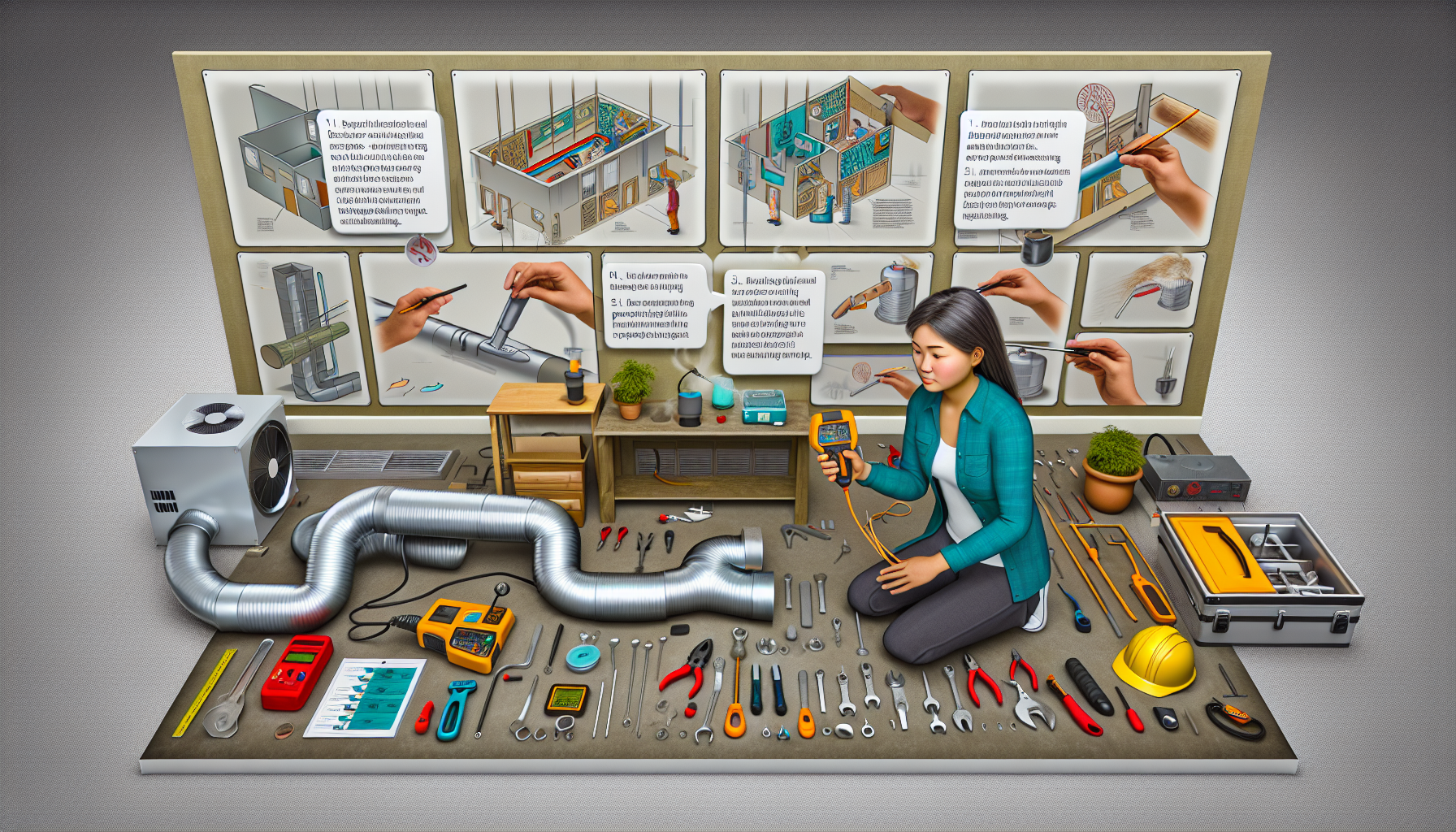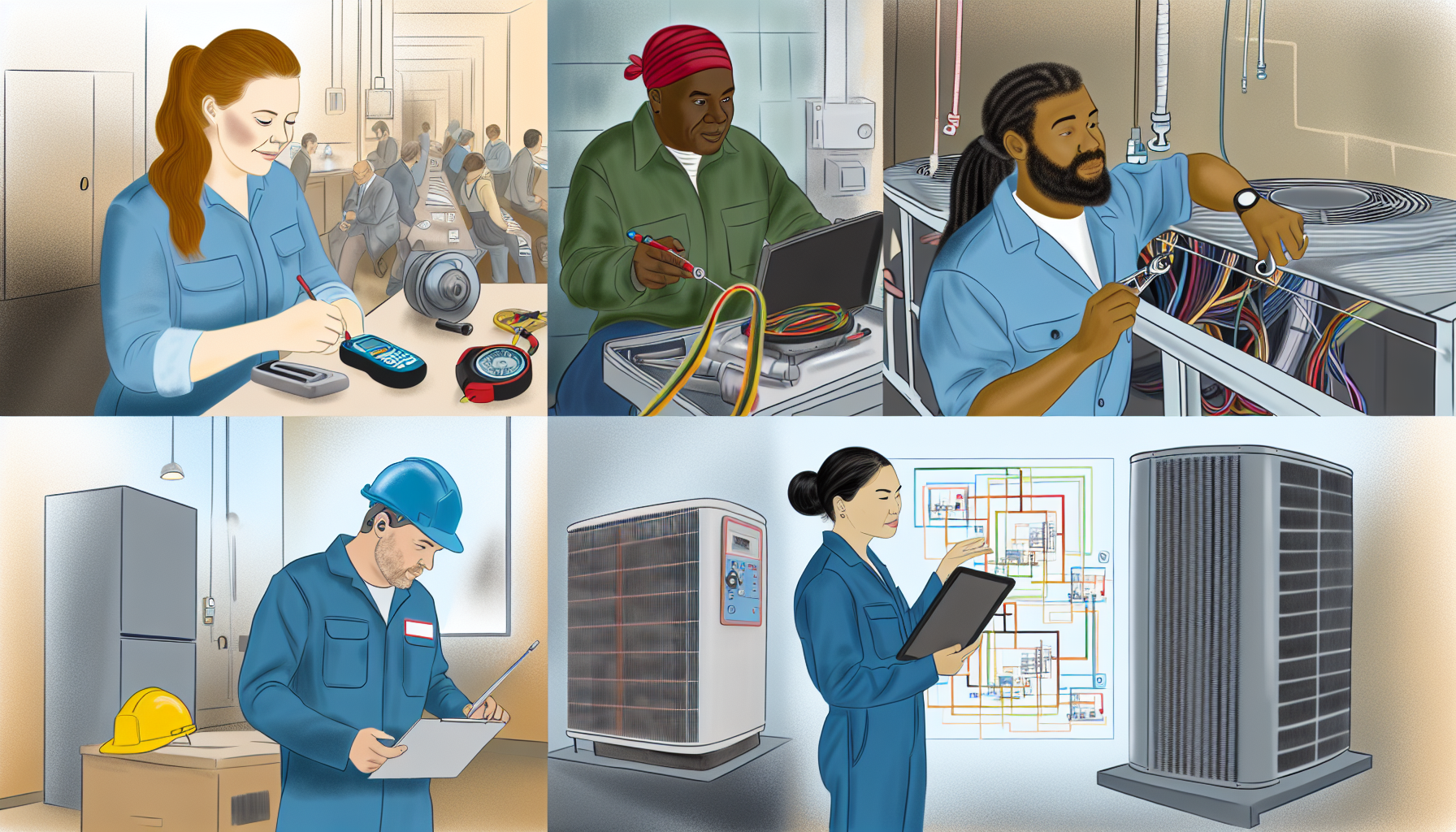Introduction
In the field of HVAC, accurate measurements and testing are crucial for ensuring optimal performance and energy efficiency. One tool that is commonly used for such purposes is an anemometer. An anemometer measures airflow, air velocity, and air temperature, helping HVAC professionals identify potential issues and make necessary adjustments. However, with so many options available in the market, choosing the right anemometer can be a daunting task. In this article, we will guide you through the process of selecting the perfect anemometer for your HVAC needs.
Factors to Consider
- Measurement Range: The measurement range of an anemometer is an important consideration. You should choose an anemometer that can measure a wide range of air velocities, ensuring that it can handle both high-velocity and low-velocity scenarios.
- Accuracy: Accuracy is another crucial factor to consider. An anemometer with a high level of accuracy will provide you with precise measurements, allowing you to make accurate calculations and adjustments.
- Response Time: Response time refers to the time taken by an anemometer to display a reading after airflow changes. A lower response time is desirable in HVAC systems, as it allows for quick identification of fluctuations and potential issues.
- Display and User Interface: The display and user interface of an anemometer should be user-friendly and easy to read. It should have a clear, backlit display and intuitive controls for easy operation.
- Data Logging and Connectivity: Some advanced anemometers offer data logging capabilities, allowing you to record and analyze airflow data over a period of time. Additionally, connectivity options such as Bluetooth or USB can make it easier to transfer data to other devices for further analysis.
Types of Anemometers
There are several types of anemometers available in the market, each with its own unique features and applications. Here are some of the most commonly used types of anemometers in the HVAC industry:
- Vane Anemometer: A vane anemometer uses rotating vanes to measure airflow. It provides accurate measurements of air velocity and volume flow. Vane anemometers are widely used in HVAC systems for measuring duct air velocity and ensuring proper airflow.
- Hot-Wire Anemometer: A hot-wire anemometer uses a heated wire to measure airflow. It is highly sensitive and can accurately measure low-velocity airflows. Hot-wire anemometers are often used for measuring airflow in small ducts and vents.
- Pitot Tube Anemometer: A Pitot tube anemometer measures airflow by calculating the difference in pressure between the static and dynamic air. It is commonly used for measuring air velocity in ducts and vents.
- Thermal Anemometer: A thermal anemometer measures airflow using a heated sensor and the cooling effect of airflow. It is suitable for measuring low and medium velocities and is often used for indoor airflow measurements.
- Ultrasonic Anemometer: An ultrasonic anemometer uses ultrasonic waves to measure airflow. It is non-intrusive and can measure airflow in ducts and larger spaces. Ultrasonic anemometers are often used for monitoring air velocity in HVAC systems.
Recommended Anemometers for HVAC
Based on the factors mentioned above, here are some top recommendations for anemometers suitable for HVAC applications:
- Testo 417 Vane Anemometer: The Testo 417 Vane Anemometer offers a wide measurement range, high accuracy, and a user-friendly interface. Its built-in data logging function and optional Bluetooth connectivity make it a versatile choice for HVAC professionals.
- Fluke 922 Airflow Meter: The Fluke 922 Airflow Meter is a highly accurate and reliable anemometer with a built-in differential pressure sensor. It measures air velocity, air volume flow, and differential pressure, making it suitable for various HVAC applications.
- Kestrel 5200 Professional Environmental Meter: The Kestrel 5200 is a robust and versatile anemometer that measures a wide range of environmental parameters, including air velocity, air temperature, and humidity. It is a rugged option for HVAC professionals working in challenging environments.
- Fieldpiece STA2 In-Duct Hot Wire Anemometer: The Fieldpiece STA2 is specifically designed for measuring air velocity and airflow in HVAC ducts. It features a telescopic probe and a large backlit display for easy measurement and reading in confined spaces.
- Testo 425 Hot-Wire Thermo-Anemometer: The Testo 425 is a hot-wire thermo-anemometer that offers high accuracy and fast response time. It can measure air velocity, air temperature, and volume flow, making it suitable for a wide range of HVAC applications.
FAQs
- What is the importance of airflow measurement in HVAC systems?
- Accurate airflow measurement is essential for maintaining optimal HVAC system performance. It helps in identifying and resolving airflow issues, ensuring proper ventilation, and maximizing energy efficiency.
- Can I use an anemometer for measuring air velocity in a residential HVAC system?
- Yes, anemometers can be used for measuring air velocity in residential HVAC systems. However, it is recommended to choose an anemometer with a suitable measurement range for low-velocity airflows typically found in residential settings.
- Is it necessary to have data logging and connectivity features in an anemometer?
- Data logging and connectivity features are not essential for every HVAC application. However, they can be beneficial for in-depth analysis, documentation, and troubleshooting in larger HVAC systems or complex environments.
- Do I need to calibrate my anemometer?
- Yes, it is recommended to calibrate your anemometer periodically to ensure accurate readings. Calibration can be done by a professional calibration service or by using a reference standard device.
- Can anemometers be used for measuring airflow in exhaust fans?
- Yes, anemometers can be used for measuring airflow in exhaust fans by placing the measurement probe at the air outlet. It can help in evaluating the performance of the exhaust system and ensuring proper ventilation.
Conclusion
In conclusion, choosing the right anemometer for your HVAC needs is crucial for accurate measurements and effective troubleshooting. Consider the factors of measurement range, accuracy, response time, display, and connectivity when making your selection. Additionally, familiarize yourself with the different types of anemometers available and their respective applications. By investing in a reliable and suitable anemometer, you can ensure optimal performance and energy efficiency in your HVAC systems.








